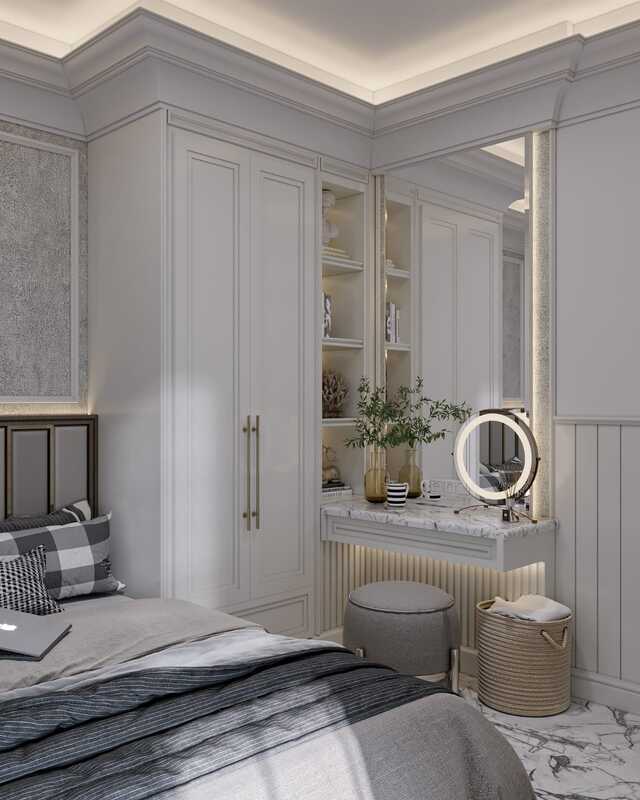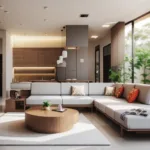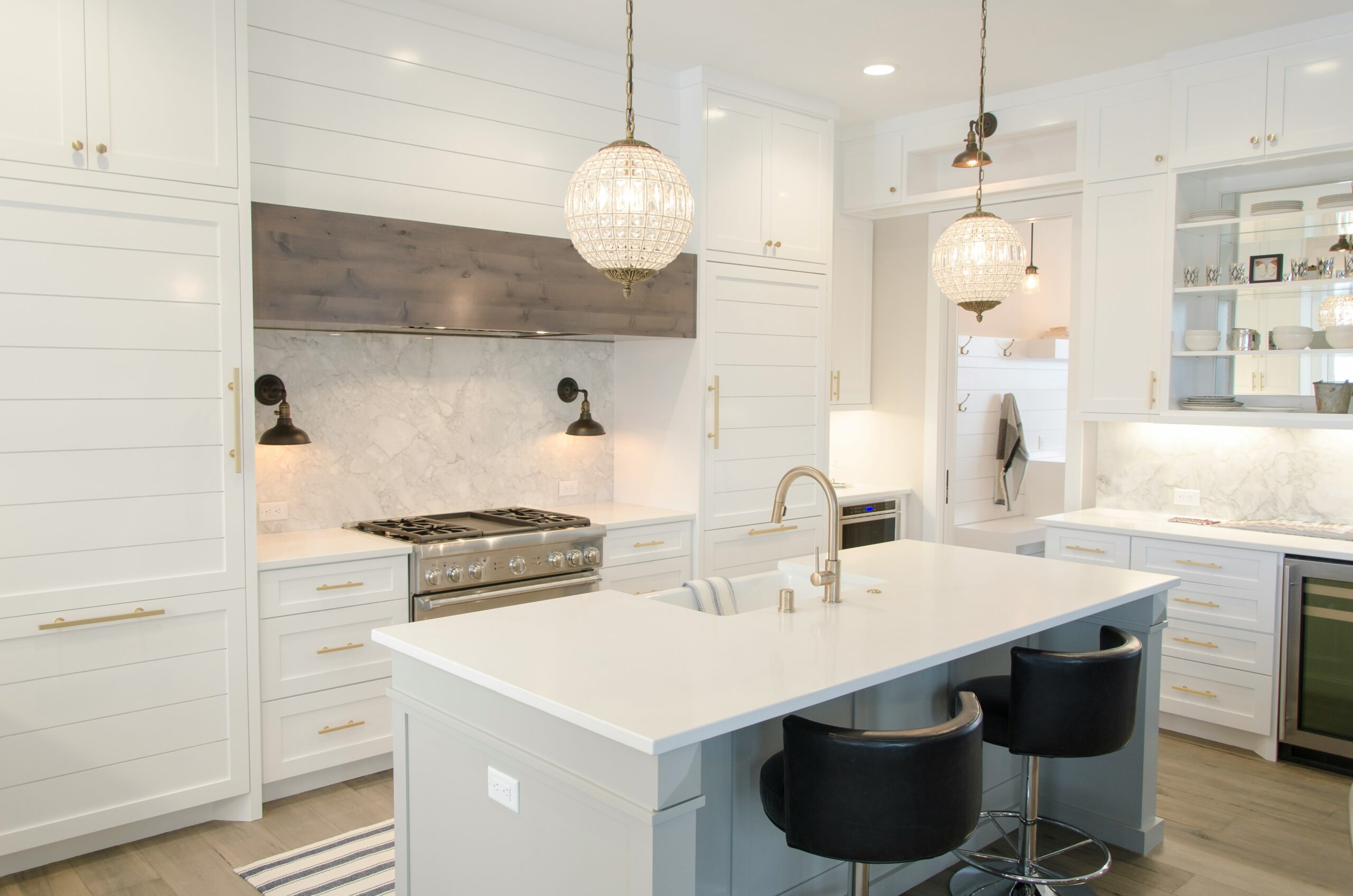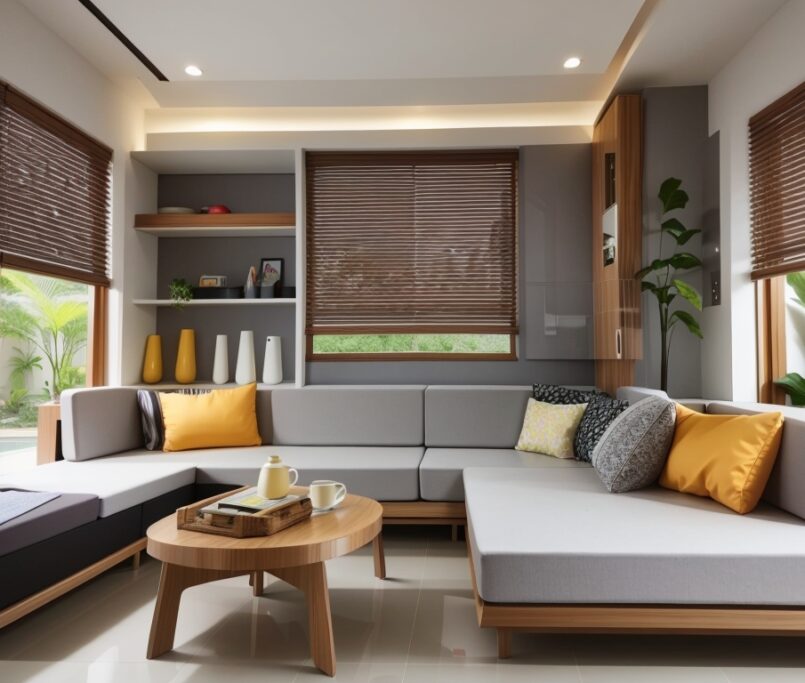Designing a Functional and Stylish Kitchen
Designing a kitchen involves more than just choosing the right colors and materials. It requires careful planning and consideration of various factors to create a space that is both functional and stylish. Whether you are remodeling your existing kitchen or starting from scratch, here are some important tips to help you create a well-designed kitchen.
1. Assess Your Needs
Before diving into the design process, take some time to assess your needs and lifestyle. Consider how you use your kitchen and what features are essential for you. Do you entertain frequently? Do you need ample storage space? Are you an avid cook who requires a professional-grade range? Understanding your needs will guide your design decisions.
2. Plan the Layout
The layout of your kitchen is crucial for its functionality. There are several common kitchen layouts to choose from, such as the L-shaped, U-shaped, or galley layout. Consider the work triangle, which consists of the distance between the refrigerator, sink, and cooking area. A well-planned layout will ensure that these essential areas are within easy reach of each other.
3. Maximize Storage
Storage is a key consideration in any kitchen design. Make the most of your available space by incorporating clever storage solutions. Install cabinets that reach the ceiling to utilize vertical space. Use pull-out drawers and organizers to maximize storage efficiency. Consider incorporating a pantry or a kitchen island with built-in storage to increase your storage capacity.
4. Choose the Right Materials
When it comes to materials for your kitchen, durability and functionality should be prioritized. Opt for high-quality materials that can withstand the demands of a busy kitchen. Choose countertops that are resistant to heat, stains, and scratches. Consider durable flooring options such as tile or hardwood. Select cabinets made from materials that are easy to clean and maintain.
5. Lighting Matters
Proper lighting is essential in a kitchen. It not only enhances visibility but also sets the mood. Incorporate a combination of task lighting, ambient lighting, and accent lighting to create a well-lit and inviting space. Install under-cabinet lighting to illuminate the countertops. Consider pendant lights or a chandelier for a touch of elegance. Don’t forget to include natural light sources such as windows or skylights.
6. Add Personal Touches
A well-designed kitchen reflects your personal style and taste. Add personal touches to make the space feel unique and inviting. Consider incorporating a backsplash with a pattern or color that speaks to your personality. Display your favorite kitchen accessories or artwork. Choose hardware and fixtures that complement your overall design aesthetic.
7. Consider Sustainability
Incorporating sustainable elements into your kitchen design is not only environmentally friendly but can also save you money in the long run. Choose energy-efficient appliances that reduce water and electricity consumption. Opt for eco-friendly materials such as bamboo or recycled glass. Consider installing a water filtration system to reduce plastic bottle waste.
8. Seek Professional Help
Designing a kitchen can be a complex task, especially if you have specific requirements or limitations. Consider seeking the help of a professional kitchen designer or architect. They have the expertise and experience to create a functional and stylish kitchen that meets your needs and budget.
Remember, a well-designed kitchen is a balance between functionality and style. By carefully planning and considering your needs, you can create a kitchen that is not only visually appealing but also practical and efficient.




